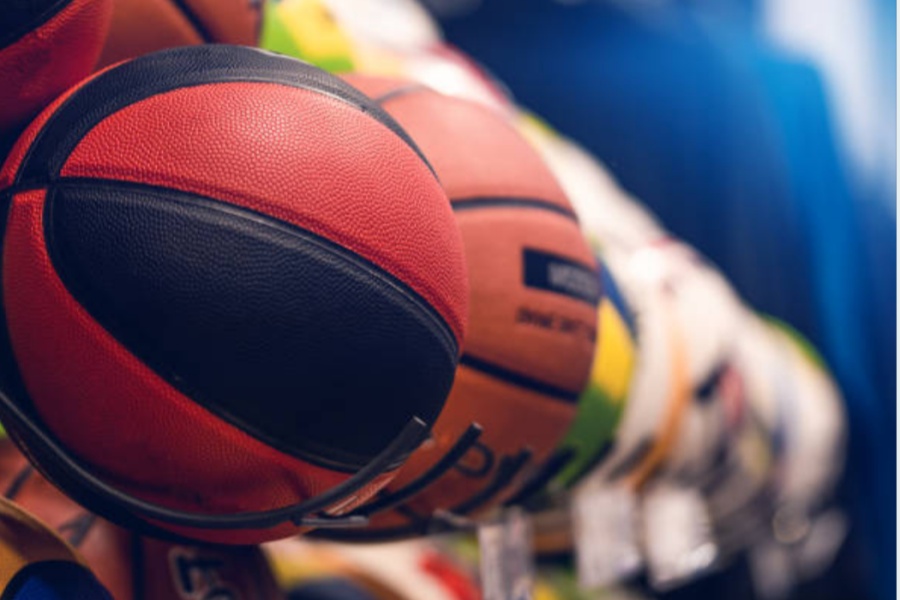Table of Contents

Basketball enthusiasts understand the importance of finding the best basketball for their game. The ball's material is of utmost importance because this determines its durability, grip and bounce. When looking for the best material for a basketball, you have several options to choose from. In this article, we will help you make an informed decision.
Leather
Leather is a popular choice for basketball and is used in most NBA games. It provides a good grip and bounce, making it an excellent option for both indoor and outdoor games. Leather basketballs are also quite durable and feel good when dribbling or shooting. If you're looking for a high-quality ball, then opt for a leather one.
Synthetic Leather
Synthetic leather basketballs offer similar features to those of their natural leather counterparts. They are cheaper, durable, and provide a good grip and bounce. The only downside is that they don't feel as good on your hand as leather basketballs do. If you're on a budget, then synthetic leather balls could work for you.
Rubber
Most beginner basketball players start with rubber basketballs. Rubber basketballs are durable, cheap, and provide a good grip. However, they tend to lose their bounce over time, and their grip can wear out quickly. Rubber basketballs should be used for outdoor games as they are more resistant to wear and tear.
Composite
Composite basketballs feature a mix of materials such as synthetic leather, rubber, and foam. This creates a ball that is more durable, provides a good grip, and is indoor/outdoor-friendly. Composite basketballs are also cheaper than leather basketballs, but more expensive than rubber or synthetic leather balls.
Size
The size of the basketball you choose is essential and closely related to its material. Different age groups require different basketball sizes. A full size ball with a circumference of 29.5 inches is recommended for males aged 13 and above, while women and younger players may use a slightly smaller ball.
Indoor Vs. Outdoor
If you mainly play indoor basketball, a leather or composite ball is suitable. Outdoor basketball, on the other hand, requires a bit of resiliency. For this reason, rubber or synthetic leather basketballs are recommended since they are more resistant to damage from the sun, asphalt, and concrete.
Inflation
All basketballs require inflation before use, and this should be done to the manufacturer's recommendation. Overinflated or underinflated balls could affect the ball's performance and lead to injuries. Always check the manufacturer's instructions before inflating your ball.
Care and Maintenance
Proper care and maintenance will extend your basketball's lifespan while ensuring optimal performance. Always store your ball indoors, especially leather balls, to prevent warping and cracking. Clean your ball after use and follow the manufacturer's instructions to clean it properly.
Brand
The brand of basketball you choose also matters. Some reputable basketball brands such as Spalding, Nike, Wilson, and Molten have been producing high-quality basketballs for a long time. You can never go wrong with a recognized brand.
Price
The price you pay for your basketball shouldn't be the primary factor in your decision-making. There are many excellent basketballs available at different price points. However, be wary of cheap basketballs as they could be of low quality and wear out quickly.
